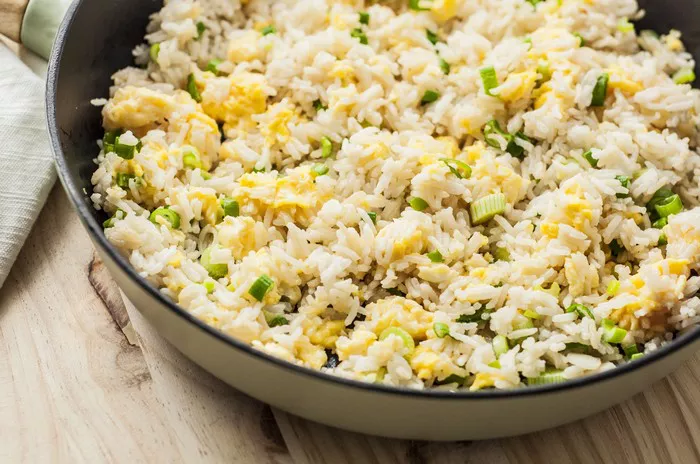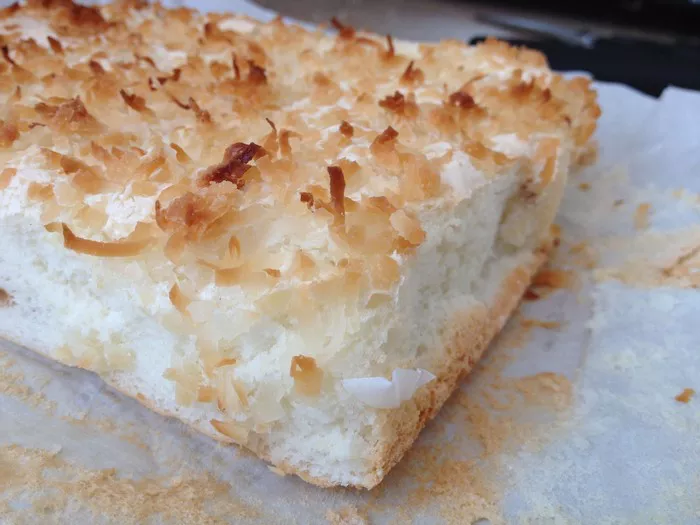Rice is a staple food for a significant portion of the world’s population and is a dietary mainstay in many cultures. However, for individuals living with diabetes, the impact of rice consumption on blood sugar levels and overall health has been a topic of concern. In this article, we will delve into the question: “Is rice bad for diabetics?”
Understanding Diabetes
Before exploring the relationship between rice and diabetes, it is crucial to grasp the basics of the condition. Diabetes is a chronic metabolic disorder characterized by high blood glucose levels, either due to insufficient insulin production (Type 1 diabetes) or ineffective use of insulin by the body (Type 2 diabetes).
The Role of Carbohydrates
Carbohydrates play a significant role in the management of diabetes. They are broken down into glucose during digestion, leading to an increase in blood sugar levels. Therefore, people with diabetes need to monitor their carbohydrate intake to control blood glucose levels effectively.
Rice and Its Nutritional Profile
Rice is a carbohydrate-rich grain that provides energy and essential nutrients. Its nutritional composition varies depending on the variety and processing method. Generally, rice consists of starch, dietary fiber, protein, vitamins, and minerals. Brown rice, which retains the outer bran layer, contains more fiber, vitamins, and minerals compared to white rice, which has been stripped of the bran and germ layers.
The Glycemic Index
The glycemic index (GI) is a scale that ranks carbohydrate-containing foods based on their effect on blood glucose levels. Foods with a high GI value are rapidly digested and absorbed, causing a sharp rise in blood sugar levels. On the other hand, foods with a low GI value are digested and absorbed more slowly, resulting in a more gradual increase in blood glucose.
Rice and the Glycemic Index
The GI of rice can vary depending on several factors, including the variety, cooking method, and processing. In general, white rice has a higher GI compared to brown rice due to the removal of the bran layer. However, even within the category of white rice, there can be variations in GI values.
The Impact on Blood Sugar Control
For individuals with diabetes, maintaining stable blood sugar levels is crucial for overall health. The consumption of high-GI foods, such as white rice, can lead to rapid spikes in blood glucose levels, potentially causing difficulties in glycemic control.
However, it is important to note that managing diabetes is not solely dependent on the GI of individual foods. Factors like portion size, overall diet composition, and individual insulin sensitivity also play a significant role.
Moderation and Portion Control
One key aspect of diabetes management is portion control and moderation. While rice can be a part of a healthy and balanced diet for people with diabetes, it is important to consume it in controlled portions. The American Diabetes Association recommends considering the following guidelines:
Portion Control
Pay attention to portion sizes and adjust them according to your individual needs and blood sugar response. Using measuring cups or a food scale to portion out your rice servings can help you maintain control over your carbohydrate intake.
Combine with Protein and Vegetables
Balancing your plate with a combination of rice, lean proteins like poultry or fish, and non-starchy vegetables creates a well-rounded and diabetes-friendly meal. Protein and fiber-rich foods help slow down the digestion and absorption of carbohydrates, preventing sudden spikes in blood sugar levels.
Choose Whole Grain Options
Opting for whole grain rice, such as brown rice or wild rice, instead of refined white rice can provide additional fiber and nutrients. These whole grain options generally have a lower glycemic index compared to white rice, contributing to better blood sugar control.
Experiment with Cooking Techniques
Different cooking techniques can affect the texture and glycemic response of rice. Experimenting with methods like steaming, boiling, or using a rice cooker can help you find the texture that works best for you. Cooking rice with a slightly firmer texture, such as al dente, may result in a lower glycemic response.
Experiment with Cooking Techniques
Different cooking techniques can affect the texture and glycemic response of rice. Experimenting with methods like steaming, boiling, or using a rice cooker can help you find the texture that works best for you. Cooking rice with a slightly firmer texture, such as al dente, may result in a lower glycemic response.
The Importance of a Balanced Diet
While rice can be a part of a healthy eating plan for individuals with diabetes, it is crucial to maintain a balanced diet overall. A well-rounded diet includes a variety of nutrient-dense foods, such as fruits, vegetables, whole grains, lean proteins, and healthy fats.
By focusing on the overall composition of your meals, you can create a balanced plate that supports stable blood sugar levels and provides essential nutrients. Consulting with a registered dietitian who specializes in diabetes management can be beneficial in creating an individualized meal plan.
The Potential Benefits of Rice for Diabetics
While the focus has primarily been on the potential negative impact of rice on blood sugar control, it is essential to recognize that rice can also offer some health benefits for individuals with diabetes.
Nutrient Content
Rice, especially brown rice, contains essential nutrients such as vitamins, minerals, and dietary fiber. These nutrients contribute to overall health and well-being, supporting optimal functioning of the body.
Fiber Content
Brown rice is a good source of dietary fiber, which plays a crucial role in diabetes management. Fiber helps slow down the absorption of glucose, preventing rapid spikes in blood sugar levels. It also promotes satiety, aiding in weight management and controlling appetite.
Satiety and Weight Management
Rice can be a filling and satisfying component of a meal, which can be beneficial for individuals with diabetes who are working to achieve and maintain a healthy weight. When consumed in controlled portions alongside protein and vegetables, rice can contribute to a balanced and satisfying meal.
Cultural Considerations
In many cultures, rice is a cultural staple and an integral part of traditional dishes. For individuals with diabetes, finding ways to incorporate culturally significant foods into their diet can promote adherence to their meal plan and enhance overall well-being.
Other Considerations
It is important to recognize that the impact of rice on blood sugar levels can vary between individuals. Factors such as age, activity level, medication use, and overall health can influence an individual’s glycemic response to rice and other carbohydrates. Regular blood sugar monitoring and individualized dietary adjustments are essential for managing diabetes effectively.
Additionally, it is worth noting that rice is not the sole determining factor in diabetes management. The overall quality of one’s diet, physical activity level, weight management, stress management, and medication adherence all contribute to achieving optimal blood sugar control.
Conclusion
So, is rice bad for diabetics? The answer lies in moderation, portion control, and overall dietary balance. While rice can contribute to spikes in blood sugar levels, it can still be enjoyed as part of a healthy eating plan for individuals with diabetes. Opting for whole grain varieties, controlling portion sizes, and pairing rice with protein and fiber-rich foods are practical strategies for managing blood sugar levels effectively.
Remember, diabetes management is a multifaceted approach that encompasses various factors beyond rice consumption alone. Working closely with healthcare professionals and registered dietitians can provide personalized guidance to optimize your diabetes management plan.























